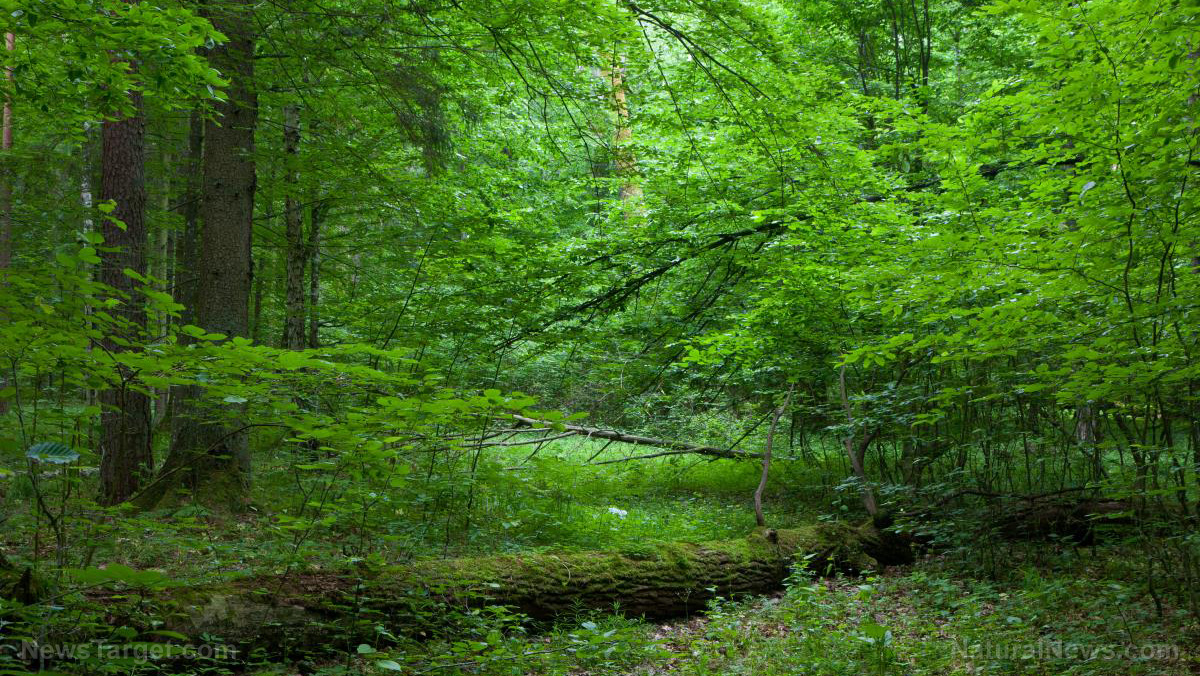
As explained by the study’s lead author, marine ecologist, Emmet Duffy on Science Daily, “Protecting [biodiversity] is important for keeping the ecosystems working for us, providing food, absorbing waste and protecting shorelines, which is important right now.”
Duffy and his team wanted to go beyond the four walls of scientific testing and look at the true power of wild nature. For this purpose, the group gathered data from 67 observational studies of nature done on field covering grasslands, forests, freshwater and marine environments. These studies spanned all seven continents and included more than 600,000 sampling locations around the world.
After consolidating the data, Duffy observed that biodiversity exacted how much the ecosystem flourished. More diverse systems contained a higher biomass which in turn influenced how well it was able to withstand and recover from an extreme weather condition. Moreover, biodiversity was seen to be the strongest predictor to how much biomass was produced and the number and quality of nutrients that accompanied it.
“We now have strong evidence from models, controlled experiments, and studies of natural systems -- all of which agree that ecosystems with a greater variety of life are more productive than those with less biological diversity,” expounded co-author Casey Godwin, an ecologist at the University of Michigan. “Therefore, if we want to maintain the productivity and functioning of Earth’s ecosystems, conserving their biodiversity is critically important.”
The scientists have hypothesized that there are two possible reasons why biodiversity affected ecosystems this much.
The first is that biodiversity inherently means more species. Natural ecosystems that are diverse have already created a unique combination of species that is best suited for that specific area. This allows each specie to thrive and flourish.
The second is that there may be other types of diversity at play. Aside from various species, a productive ecosystem has differences in light, moisture, and other variables that act as aids in growth and development.
In terms of weather changes, a more diverse ecosystem could mitigate the effects of wash-off or devastation caused by wind or rain. More importantly, biodiversity could also reduce the time it would take for life to flourish again. (Related: Why fracking America's forests could lead to complete devastation of biodiversity.)
Experts from the European Commission estimate that current global extinction rates are 100 to 1,000 times higher than the natural rate. They have also stated that nearly half of the continent’s mammals are endangered, together with 15 percent of birds and 45 percent of all butterflies and reptiles.
You can find similar stories to this one on Environ.news.
Sources include:
Please contact us for more information.























